How to Shoot Light TrailsOne of the first subjects that I remember trying to capture as a teenager with my first SLR camera (film) was light trails created by cars on a busy road near my home.
I’d seen this type of shot in a photography magazine and was impressed by the eye catching results.
Light Trails continue to be popular subject matter for many photographers and they can actually be a great training ground for those wanting to get their cameras out of manual mode and to experiment with shooting in low light at longer exposures.
Following area few examples of light trail shots as well as some practical starting point tips for those wanting to give it a go.
Equipment:
There is not just one particular type of camera and kit that you’ll need to capture light trails - however it is important to have a camera that allows you to have some control over exposure settings - particularly those that allow you to choose longer shutter speeds. This means you need a camera that has the ability to shoot in either full manual mode and/or shutter priority mode (something that all DSLRs and manypoint and shoot cameras have).
You’ll also need a tripod (or some other way to making your camera completely still) as you’ll be shooting with long shutter speeds which will make shooting handheld pretty much impossible.
Not essential but helpful to have with you are lens hoods (to help block lens flare from ambient lights), remote shutter release cables or wireless remote controls, patience and some warm clothes if you’re going out on a chilly night.
The Basic Principle:
At the most general level photographing light trails involves finding a spot where you’ll see the light trails created by cars, securing your digital camera, setting a long exposure setting on your camera and shooting at a time when cars will be going by to create the trail of light. Of course it’s a little more complicated than this - but the general factor behind it is longer exposures that will enable the car/s that create the trails to move through your image.
Experiment:
While there are a lot of tips that could be shared on the topic of photographing light trails - the main thing I learned in my early days of attempting to create these types of images was to experiment extensively. The beauty of digital photography is that you can do this with no extra cost to yourself and can get instant results (unlike when I did it on film and had to fork out for film and processing - not to mention wait days to see my results).
Setting Up Your Shot:
Photographing light trails is not difficult - it’s as simple as finding virtually any road with cars going down it once the sun goes down. But getting a shot that grabs attention means putting a little more thought into choosing your location, thinking about timing and framing your image. Here are a few tips on how to set your shot up:
- Timing/Light - one might think that the middle of the night is the best time for light trail photography (and it can be) - however one very effective time to do it is just as the sun is going down (just before and after). If you shoot at this time you’ll not only capture light from cars, but ambient light in the sky which can add atmosphere to your shots. You also might find that earlier in the evening you get a little more ‘action’ in your shot with more cars and even the movement of people through your shot.
- Creative Perspectives - some of the most effective light trail shots that I’ve taken and seen from others were taken from perspectives other than at the height of a normal person standing up. Get down low or find a place looking down on your scene that will create an unusual angle.
- Location - the most obvious thing with location is that you’ll need it to be somewhere near a road - however there’s more to think about than that. Choose a location that adds interest to the shot in some way. This might be one where there are well lit buildings along the road, one where multiple roads merge together to create light trails in different directions, on the bend of a road so that the trails sweep through the image, near a roundabout so the trails create circular shapes, in the middle of dual carriageways (on a triaffic island) so that you get traffic coming in two directions etc.
- Framing - the normal ‘rules’ of composition apply in this type of photography. Images need some sort of point/s of interest, the rule of thirds can be applied effectively, draw the eyes into your image using lines smartly, foregounds and backgrounds should add to and not distract from the image.
Settings:
- Aperture and Shutter Speed - I wish I could give you shutter speeds and apertures that will work in every situation - but as the ambient light and speed of cars will differ in every situation there’s no one exposure combination that will work in every setting.
Having said this I’ve found that I usually shoot at shutter speeds between 10 and 20 seconds (which gives cars time to move through the frame) and with apertures in the mid range (start with something around f/8).
The key is to start with something in the range above and to take a few test shots to see how the exposure works. You’ll quickly realize whether your shots are under or overexposed and whether the length of the exposure is long enough to let cars travel through the frame in the way that you want.
If your shots are overexposed - close your aperture down (increase the f stop number) or if your shots are underexposed open it up (decrease the f stop numbers). If you want the car’s lights to go further through the frame go for a longer shutter speed and if you want it to travel less through the frame shorten it.
Keep in mind that aperture impacts depth of field. If you need to go with a larger aperture you decrease the depth of field and more of your shot will be out of focus.
- Histogram - One thing to watch out for is letting any light source in your image (whether it be headlights, street lights etc) washing out your image. Lights that burn too bright can cause distractions and draw the eye of your viewer away from focal points - ruining your shot. One way to quickly check out if there’s any area in your shot that is overexposed to this degree is to view the histogram on your shot. If there are areas that are blown out you’ll have a graph with a right hand side that is too high on the graph. Learn more about histograms here.
- Choose a low ISO setting - this will give you images with as little noise as possible.
- Shoot in RAW if you have it - this will enable you to have more control in your post production work - particularly in getting white balance right (something that can be important as you’re shooting in a situation with lots of artificial light that can cause all kinds of color casts in your shot).
- Manual Focus - In low light situations cameras can struggle to get focusing locked correctly. The last thing you want is for your camera to be in and out of focus just as you need to hit the shutter release. Switch to manual focus and make sure your focus is upon a part of your image that is visually strong.
Timing Your Shot:
There is no right or wrong way to time your shot. Hitting the shutter just before a car enters the frame and releasing it just after it leaves the frame can create a lovely unbroken line - but sometimes shooting with shorter exposure times while the camera is in the frame can be effective also. Once again it’s about experimenting with different timings and seeing what effects it has.
Using Bulb Mode:
Many digital cameras have a mode on them called ‘bulb’ mode that allows you as the photographer to keep the shutter open as long as you wish. This can be very handy in this type of photography to time your shots with precision. If you use this you’ll want to be using a remote shutter release to stop any camera movement while the shutter is open.
INTERESTING THINGS FOR YOU LATE @ NIGHT PART 1 + 3 (ULTIMATE EXPANSION)
Japan Video Games Blog
Disclaimer
Hey guys and gals! We FIND and PROMOTE people's work, we never take credit for things we haven't written, we just love sharing the things that are interesting, but if you don't want your work or pictures shown, please let me know and I'll take it off, we're not trying to harm any one here or infringe on anyone's copyrights, just late night entertainment for my friends and I after a long days of work.
We're not making money off the site, nor are we publishing anything to other places through feedburner claiming that it's our work, just a hobby of finding cool things around the internet, that's all. Sometimes we copy and paste too quickly and a link giving you credit doesn't appear, if that's the case and you DO want your work promoted, we will add in the backlink, we would love to give credit where credit is due!
Please contact me or drop a comment on any posts you guys don't want up and I'll take it off within 24 hours, thanks!
We're not making money off the site, nor are we publishing anything to other places through feedburner claiming that it's our work, just a hobby of finding cool things around the internet, that's all. Sometimes we copy and paste too quickly and a link giving you credit doesn't appear, if that's the case and you DO want your work promoted, we will add in the backlink, we would love to give credit where credit is due!
Please contact me or drop a comment on any posts you guys don't want up and I'll take it off within 24 hours, thanks!
Tuesday, May 13, 2008
How to Shoot Light Trails
Blogged with the Flock Browser
Subscribe to:
Post Comments (Atom)
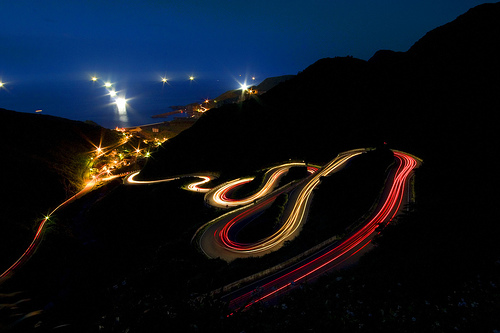

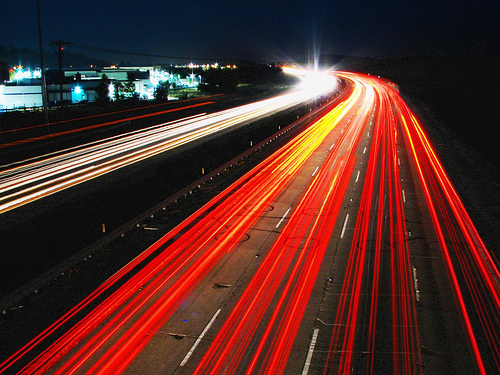
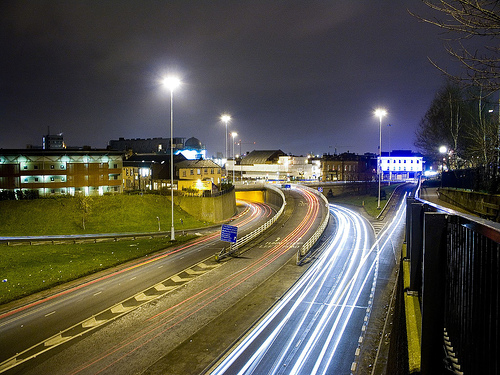
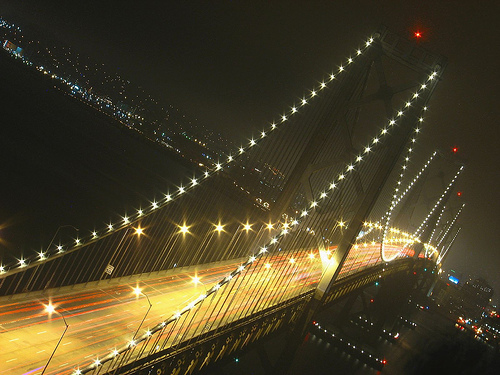

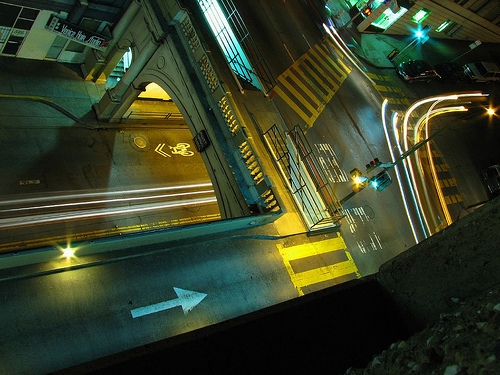
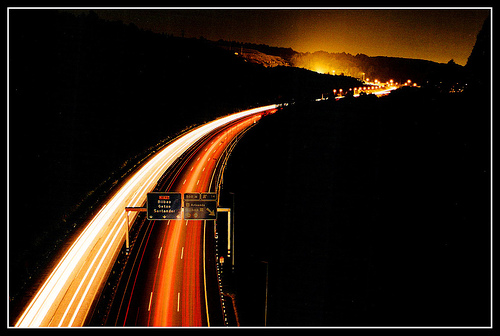
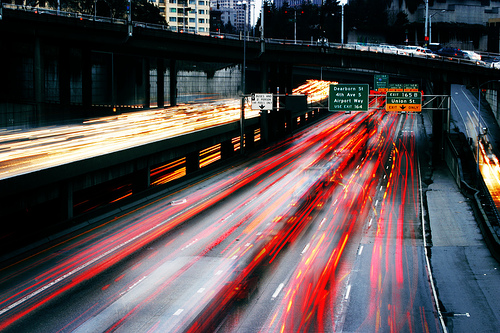
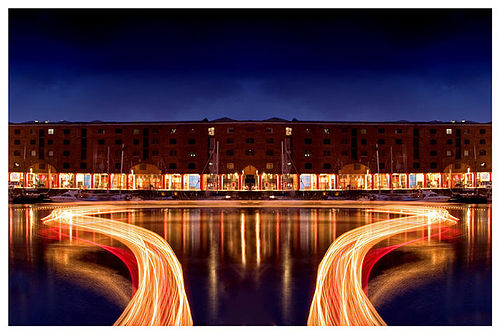

No comments:
Post a Comment